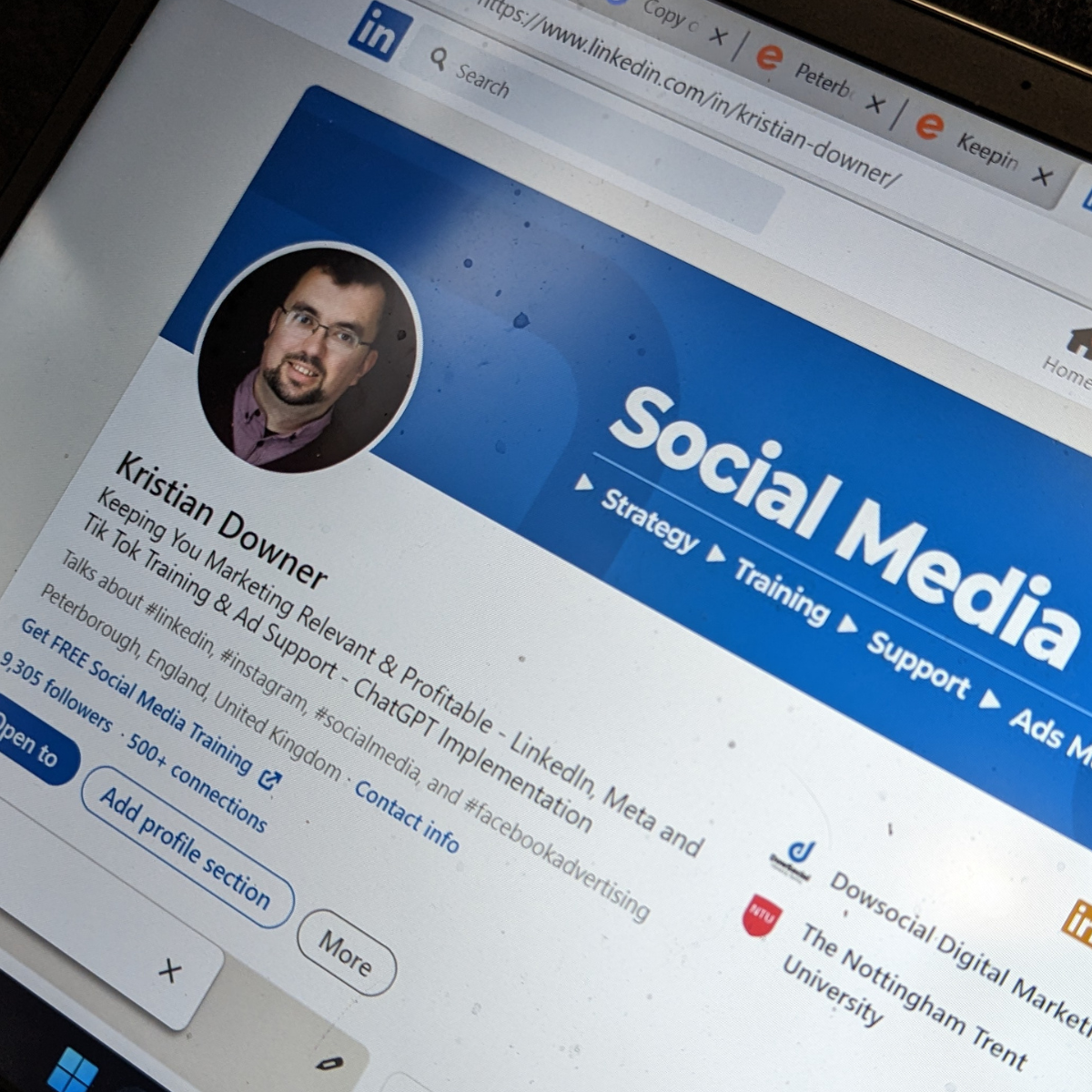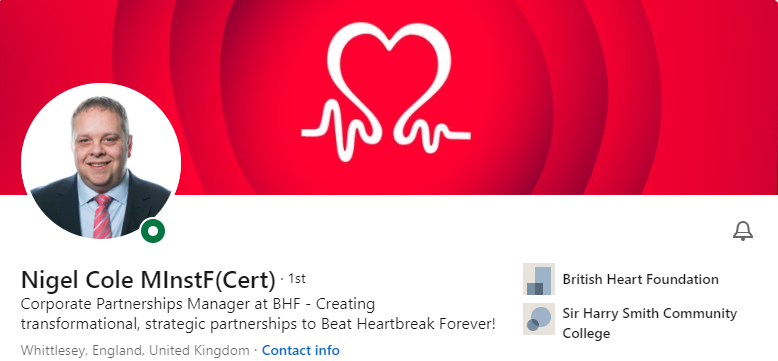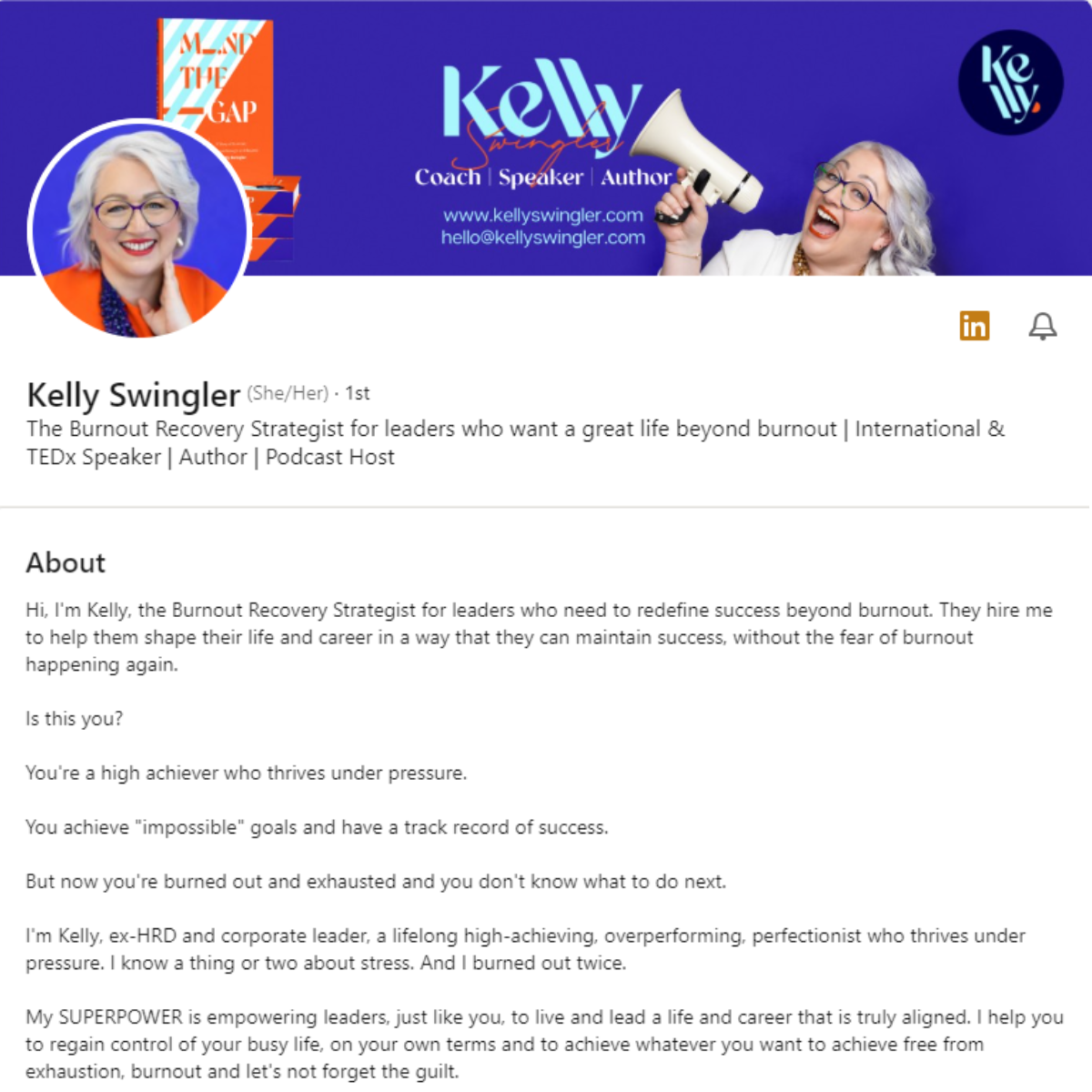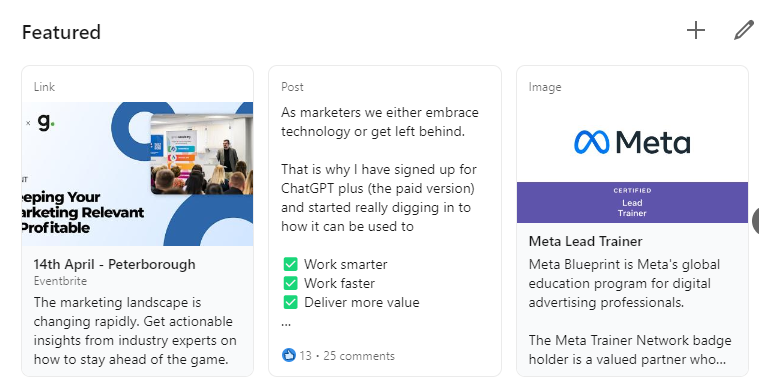An eye-catching LinkedIn profile is the core of your professional reputation. A powerful tool to showcase your skills, experiences and achievements to your industry, potential employers, clients and collaborators.
Treat your LinkedIn profile like a company would its website, taking time to understand your audience and ensuring your profile is visually appealing and contains the content they are looking for in an easy-to-understand way.
Like a website, your profile should contain keywords related to your industry and what you want to be known for by your audience.
Let’s take break down how to create an eye-catching profile and the steps you need to take.
LinkedIn Profile Step-by-Step Guide
Start with a professional profile picture/video
Your profile image should reflect your desired perception as a professional. Avoid blurry pictures or those taken in non-professional environments.
You are also able to add a short video to your profile using the mobile app to further introduce yourself to the audience and build trust.
Design an eye-catching cover
Use a graphic designer or software such as Canva to design a LinkedIn cover that captures attention and describes your work. This is a great way to capture attention and tell your story.
Include a strong headline
Your headline should be a brief, attention-grabbing summary of your professional identity and impact on your target audience. It should be heavily benefit-focused and can include your job title, and industry, but should ultimately highlight your key skills. Avoid generic headlines like “Experienced Professional” or “Results-Driven Leader” that don’t provide any meaningful information.
Craft a compelling Summary/About Section
Your about/summary is a chance to tell your story and highlight your unique value proposition. The focus should be on the benefit to your audience rather than your personal goals.
Start with an attention-grabbing opening sentence that encapsulates your key message. Then, describe your professional background, including your skills, experiences, and achievements.
Use keywords relevant to your industry and job function to make your profile more discoverable by your target audience.
Showcase your work experience
List current and previous job roles relevant to your target audience and expertise. There is no need to include your paper round as a child or unrelated work experience from a long time ago.
The work experience is the social proof of your expertise and experience to deliver the benefit to the target audience.
Use bullet points to describe your key responsibilities and accomplishments in each role and the impact on your target audience.
Be specific and quantify your achievements where possible, using numbers and percentages to demonstrate your impact. Focus on the outcomes and results you achieved rather than just listing your duties.
Highlight your education and certifications
Include relevant degrees, certifications, and completed courses. Again there is no need to mention your food hygiene certificate from twenty years ago if you now work in construction.
Mention any honours or awards you have received, as they can help to establish your credibility and expertise.
Add multimedia and visuals
LinkedIn allows you to add “Featured Content” such as multimedia and visual content to your profile. This can include videos, images, and presentations.
Use these features to showcase your work samples, portfolio, or projects. This can add an appealing visual element to your profile and help you stand out from competitors by providing a more comprehensive view of your skills and abilities.
Get recommendations
Ask colleagues, clients, and mentors to provide recommendations for you. These social proof elements can increase your credibility and trustworthiness and give potential clients or employers a sense of working with you.
Optimize for keywords
Treat LinkedIn like a human search engine and use relevant keywords throughout your profile to help your target audience find you.
Research the keywords commonly used in your industry and job function and incorporate them into your summary, work experience, and skills sections.
Engage with your network
LinkedIn is a social platform; engagement is key to building relationships and growing your network. Share relevant articles, comment on posts, and participate in conversations on posts to showcase your expertise and interact with other professionals in your field.
These tips start your LinkedIn journey, but more than a good profile in isolation is required. Success relies on engaging with your audience, posting quality content and being part of the community.
Keep your profile up-to-date and active, and get involved in the platform consistently to build for success.





